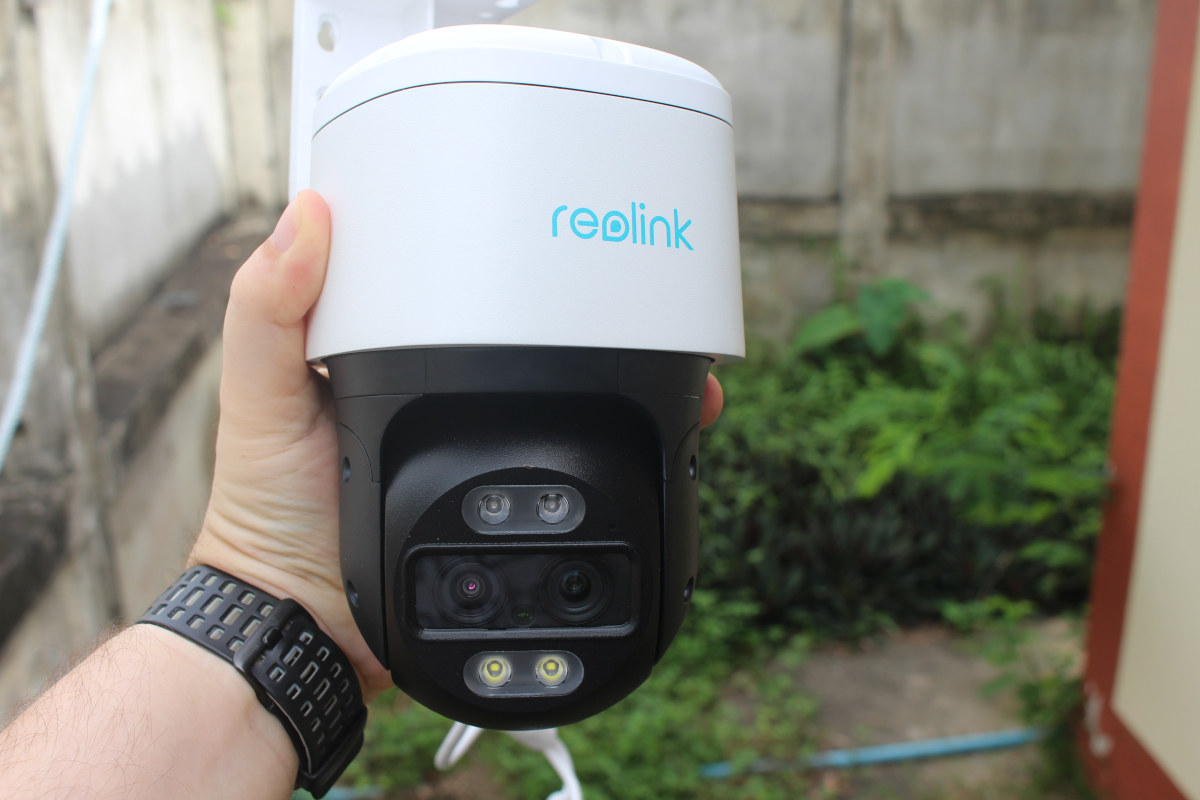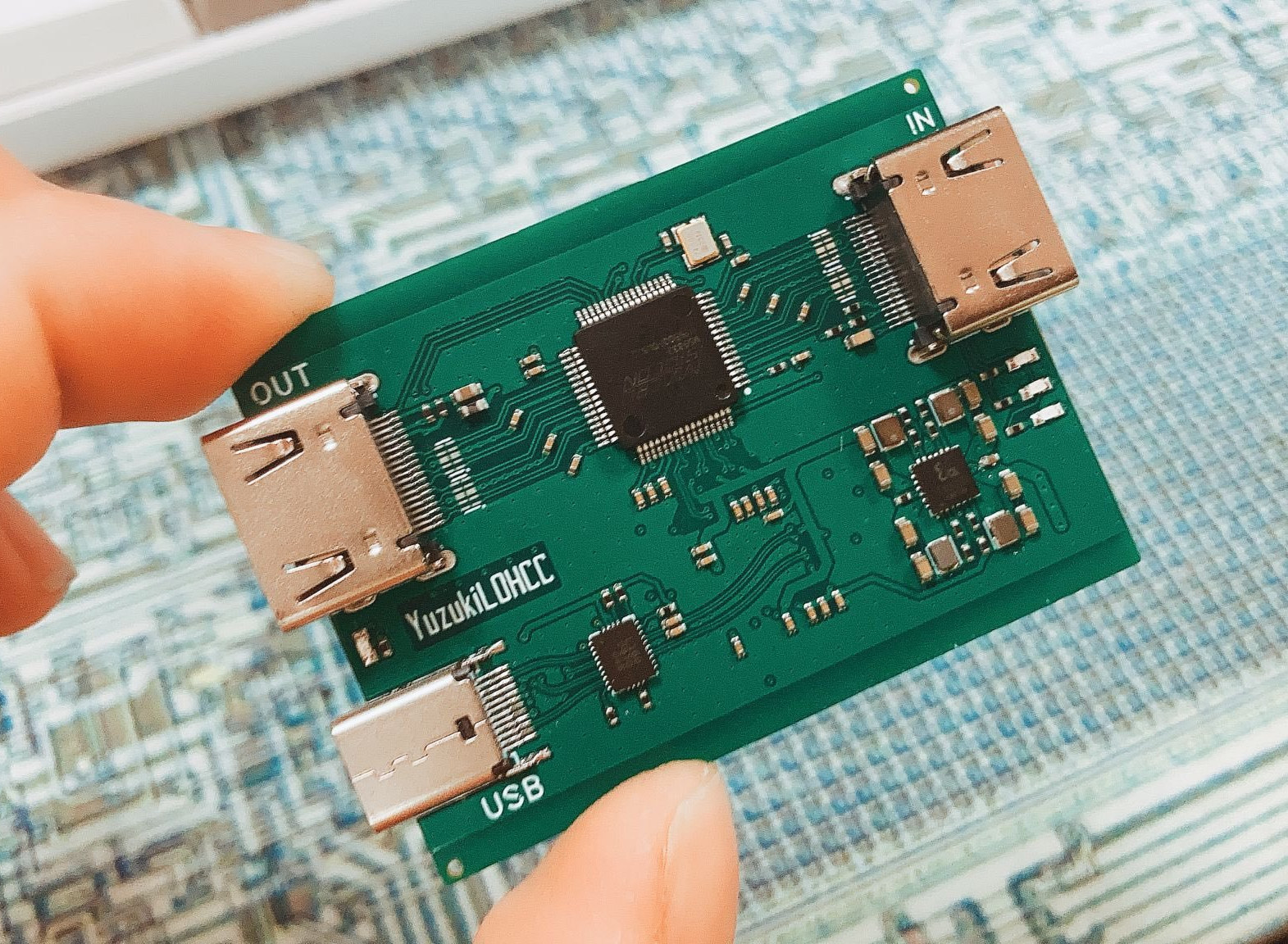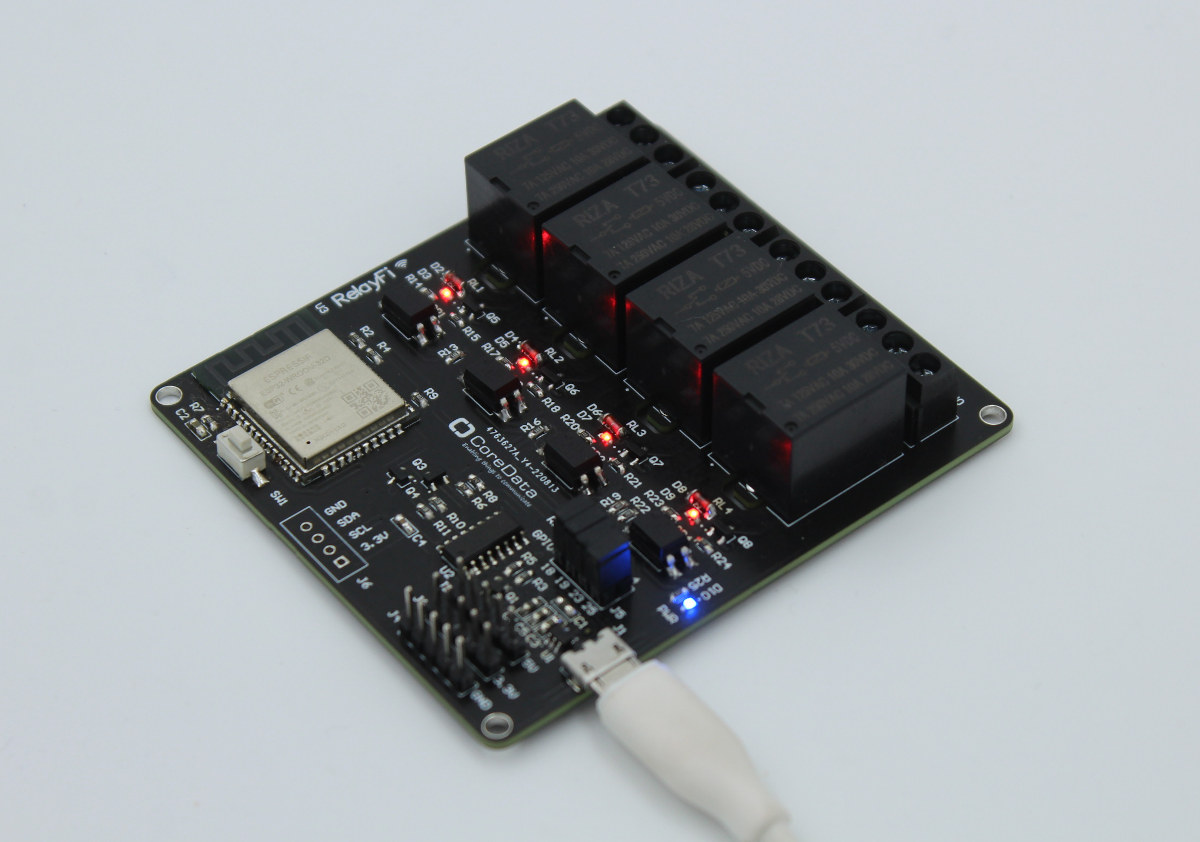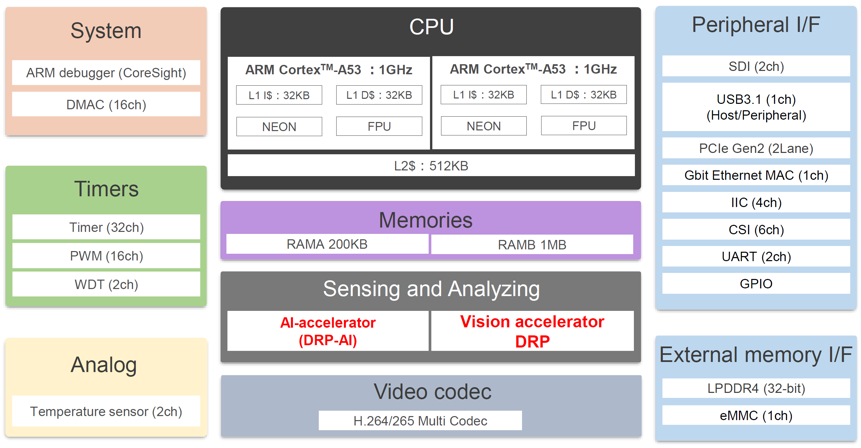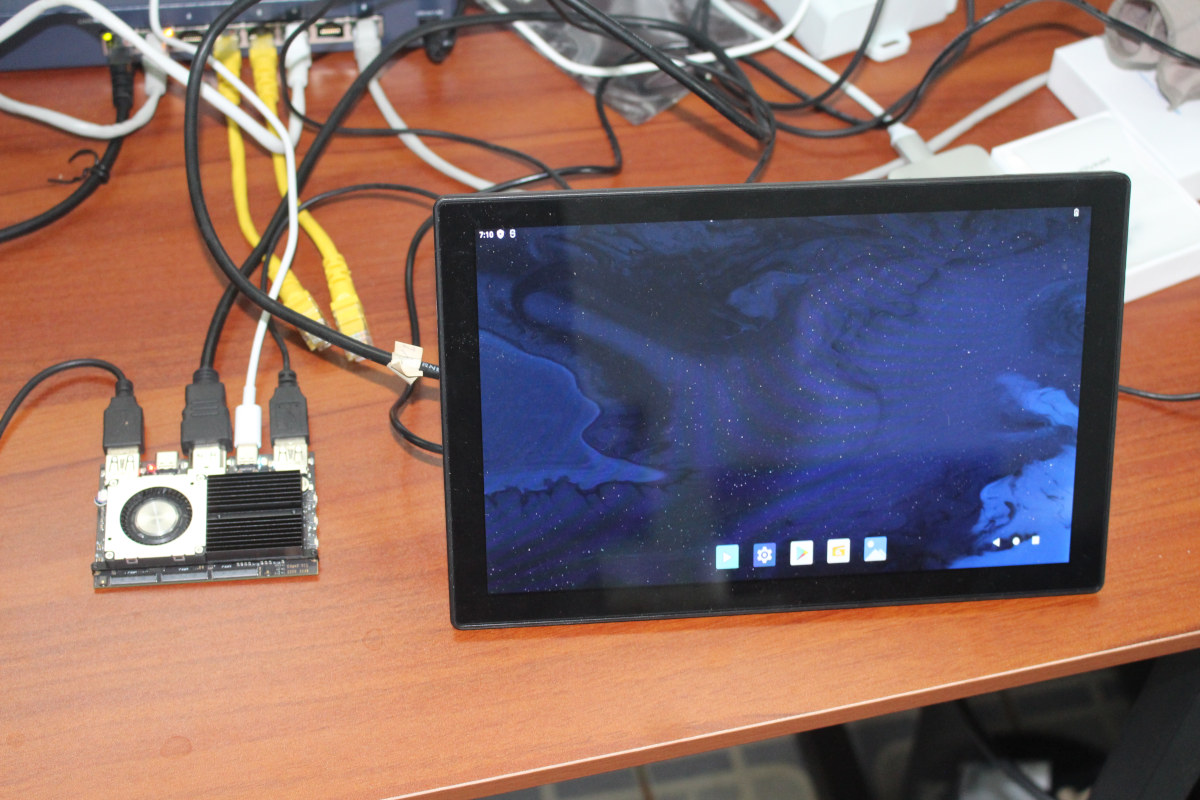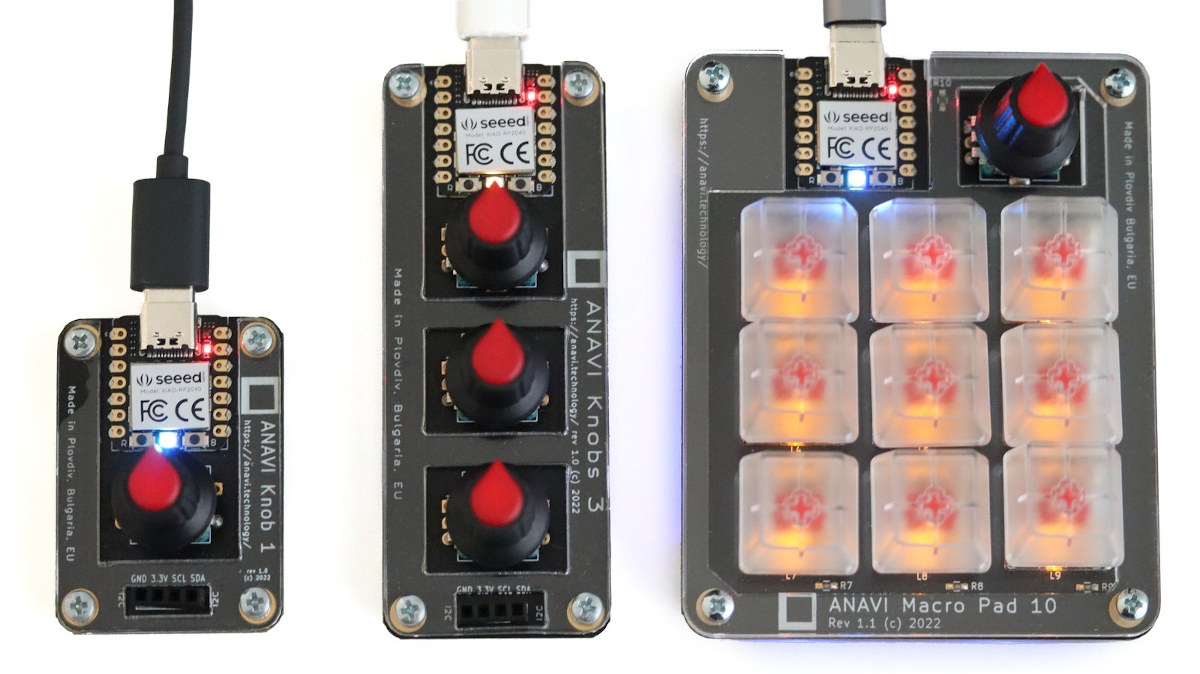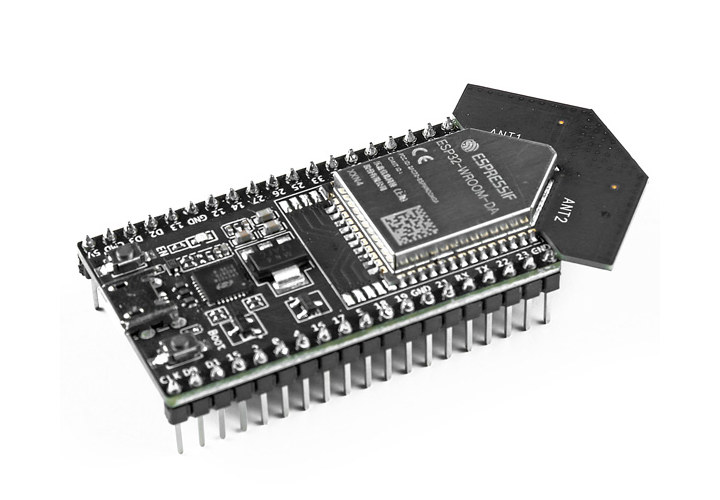Reolink has launched another 4K PTZ smart security with human and vehicle detection, plus pet detection (Beta). The Reolink TrackMix PoE comes with two lenses, one with a wide-angle, and the other telephoto lens to zoom on a specific zone, and supports auto-tracking. I’ve had the camera for a few months so I’ll report on my experience with the device. Reolink TrackMix PoE specifications Storage – MicroSD card slot Camera Image sensors – 1/3″ CMOS sensor + 1/2.8″ CMOS Sensor Video Resolution – Up to: 3840 x 2160 (8.0 megapixels) at 25 frames/sec Lenses – f=2.8mm@F=1.6 and f=8mm@F=1.6 Video Format – H.264, H.265 Field of View – Horizontal: 104°-38°; vertical: 60°-21° Zoom Mode – 6x hybrid zoom Day & Night – IR-cut filter with auto-switching Infrared Night Vision – Up to 15 via 2x 850nm LEDs Color Night Vision – 2x spolights at 6500K/450 lumens Pan &Tilt Range – Pan: […]
$10 HDMI to USB 3.2 video acquisition board is based on MS2130 chip
We’ve just written about an open-source hardware Allwinner V851S camera board from YuzukiHD, but he/she has made another interesting board with the YuzukiLOHCC PRO HDMI to USB 3.2 video acquisition board based on MacroSilicon MS2130 HDMI to USB chip, as well as MS9332 one-to-two active splitter, and MS8003/MS8005 microcontroller. YuzukiLOHCC PRO stands for Yuzuki Loop Out HDMI Capture Card PRO, and there are two HDMI ports, one for input and one for output, as well as a USB Type-C port to connect to the host and capture the video input. YuzukiLOHCC PRO key features and specifications: Main chip – MacroSilicon/UltraSemi MS2130 USB 3.2 Gen 1 high-definition video and audio acquisition chip MCU – MacroSilicon MS8005/MS8003 8051-core MCU Splitter – MacroSilicon MS9332 one-to-two active splitter Video Input – HDMI up to 4Kp30 or 1080p60 Video Output – HDMI 2.0 YCbCr420 4Kp60 loop out, 10/12/16-bit deep color, adaptive input equalization, pre-programmed HDCP […]
RelayFi – A Tasmota compatible 4-channel relay board (Crowdfunding)
CoreData Global, a Singapore-based research and development firm, has just introduced the RelayFi 4-channel relay board based on ESP32 and compatible with Tasmota open-source firmware, as well as Espressif’s ESP RainMaker cloud and ESP-NOW networking API. RelayFi is fitted with an ESP32-WROOM-32D WiFi and Bluetooth module, four relays capable of handling a load of 250 VAC/7A or 30 VDC/10A, and EL817C Optoisolators for safety. The board also comes with CH340C USB to TTL chip for programming, an I2C header for expansion, and some jumpers for relay selection. RelayFi specifications: Wireless module – Espressif Systems’ ESP32-WROOM-32D module with ESP32 dual-core Tensilica microcontroller, 32Mbit SPI flash, Wi-Fi 802.11 b/g/n up to 150 Mbps, Bluetooth 4.2 LE, and PCB antenna Relays 4x relays up to 250VAC/7A or 30VDC/10A 4x EL817C optocouplers for safety 4x relay status LEDs Screw terminals Relay selection jumper USB – 1x micro USB port for power and programming via […]
Renesas RZ/V2MA microprocessor embeds AI & OpenCV accelerators for image processing
Renesas has launched the RZ/V2MA dual-core Arm Cortex-A53 microprocessor with a low-power (1TOPS/W) DRP-AI accelerator and one OpenCV accelerator for rule-based image processing enabling vision AI applications. The MPU also supports H.265 and H.264 video decoding and encoding, offers LPDDR4 memory and eMMC flash interfaces, as well as Gigabit Ethernet, a USB 3.1 interface, PCIe Gen 2, and more. The RZ/V2MA microprocessor targets applications ranging from AI-equipped gateways to video servers, security gates, POS terminals, and robotic arms. Renesas RZ/V2MA specifications: CPU – 2x Arm Cortex-A53 up to 1.0GHz Memory – 32-bit LPDDR4-3200 Storage – 1x eMMC 4.5.1 flash interface Vision and Artificial Intelligence accelerator DRP-AI at 1.0 TOPS/W class OpenCV Accelerator (DRP) Video H.265/H.264 Multi Codec Encoding: h.265 up to 2160p, h.264 up to 1080p Decoding: h.265 up to 2160p, h.264 up to 1080p Networking – 1x Gigabit Ethernet USB – 1x USB 3.1 Gen1 host/peripheral up to 5 […]
The BBC has released a new web-based Python editor for the micro:bit board
There are already Python editors such as Thonny, but the BBC thought those were not good enough and released a new web-based Python editor specifically designed for the micro:bit education board targeting 11 to 14 years old pupils. The micro:bit Python editor includes drag and drop code examples, code structure & error highlighting, auto-complete feature, a simulator to test the code before uploading it to the micro:bit board, and a Quick ideas section to help pupils get started with projects. The BBC’s micro:bit Python editor works with both the micro:bit V1 and V2, but note the simulator shows a micro:bit V2, so if you are using the previous generation micro:bit, some code may work on the simulator but not on your micro:bit V2 board. For that reason, the BBC marked the code that only works on a micro:bit V2 with ‘V2’ in the Reference section. While the BCC is a […]
Khadas Edge2 review with Android 12
We’ve already reviewed Khadas Edge2 Pro with Ubuntu 22.04, and I’ve now had time to test the ultra-thin Rockchip RK3588S SBC with Android 12, so I’ll report my experience checking out the features, running some benchmarks, playing videos and games, etc… Flashing Android 12 to Khadas Edge2 board Our board was running Ubuntu 22.04, so in order to enter OOWOW firmware system, I had to keep pressing the function key (middle), then shortly press the reset button, before releasing the function key and entering the OOWOW interface. We can see the Android 11 image from the list we saw last month is gone for good, and a new Android 12 image dated September 20, 2022 is available. I selected that one, and OOWOW downloaded the files and flashed it to the board. Within five minutes, Android 12 was up and running on the board. As somebody who had spent several […]
ANAVI Macro Pad 10 & Knobs input devices run KMK firmware on Raspberry Pi RP2040 (Crowdfunding)
ANAVI Macro Pad 10, Knobs 3, and Knob 1 are open-source hardware input devices based on the Raspberry Pi RP2040-powered Xiao RP2040 mini module, and equipped with mechanical keys and/or rotary encoders Leon Anavi has some experience under his belt with the earlier Macro Pad 2 and Macro Pad 8 open-source keypads with mechanical keys running QMK open-source firmware on a Microchip 8-bit microcontroller. The new models switch the MCU to the Raspberry Pi RP2040 and to KMK open-source firmware written in CircuitPython. ANAVI Macro Pad 10 specifications: MCU module – Seeed Studio XIAO RP2040 with Raspberry Pi RP2040 dual-core Cortex-M0+ microcontroller @ up to 133 Mhz with 264KB SRAM, 2MB SPI flash, USB Type-C port Inputs – Rotary encoder with clickable switch and nine hot-swappable Cherry MX-style switches Keys – 9x Gateron red, linear, non-clicky mechanical switches and transparent keycaps with yellow LED backlighting Host interface – USB Type-C […]
ESP32 DevKitC V4 IoT development board ships with ESP32-WROOM-DA dual antenna module
The ESP32 DevKitC V4 is now selling with the ESP32-WROOM-DA module with two PCB antennas that was introduced last year in order to offer a longer WiFi range and better reliability. The development kit is exactly the same as the other ESP32 DevKitC V4 models, and the only difference is the dual antenna design. When running a recent version of the Arduino Core for the ESP32 (2.0.3 or greater), the ESP32 will automatically switch to the antenna with the strongest signal in order to deliver the best connectivity possible. ESP32 DevKitC V4 specifications: Wireless module – ESP32-WROOM-DA (PDF datasheet) with SoC – Espressif Systems ESP32-D0WD-V3 dual-core LX6 microprocessor with 520 KB SRAM, 2.4 GHz WiFi 4 and Bluetooth 4.1 connectivity Storage – 4MB SPI flash Two PCB antennas (ANT1 and ANT2) USB – 1x Micro USB port for power, programming, and debugging through USB-to-UART bridge up to 3 Mbps Expansion […]


